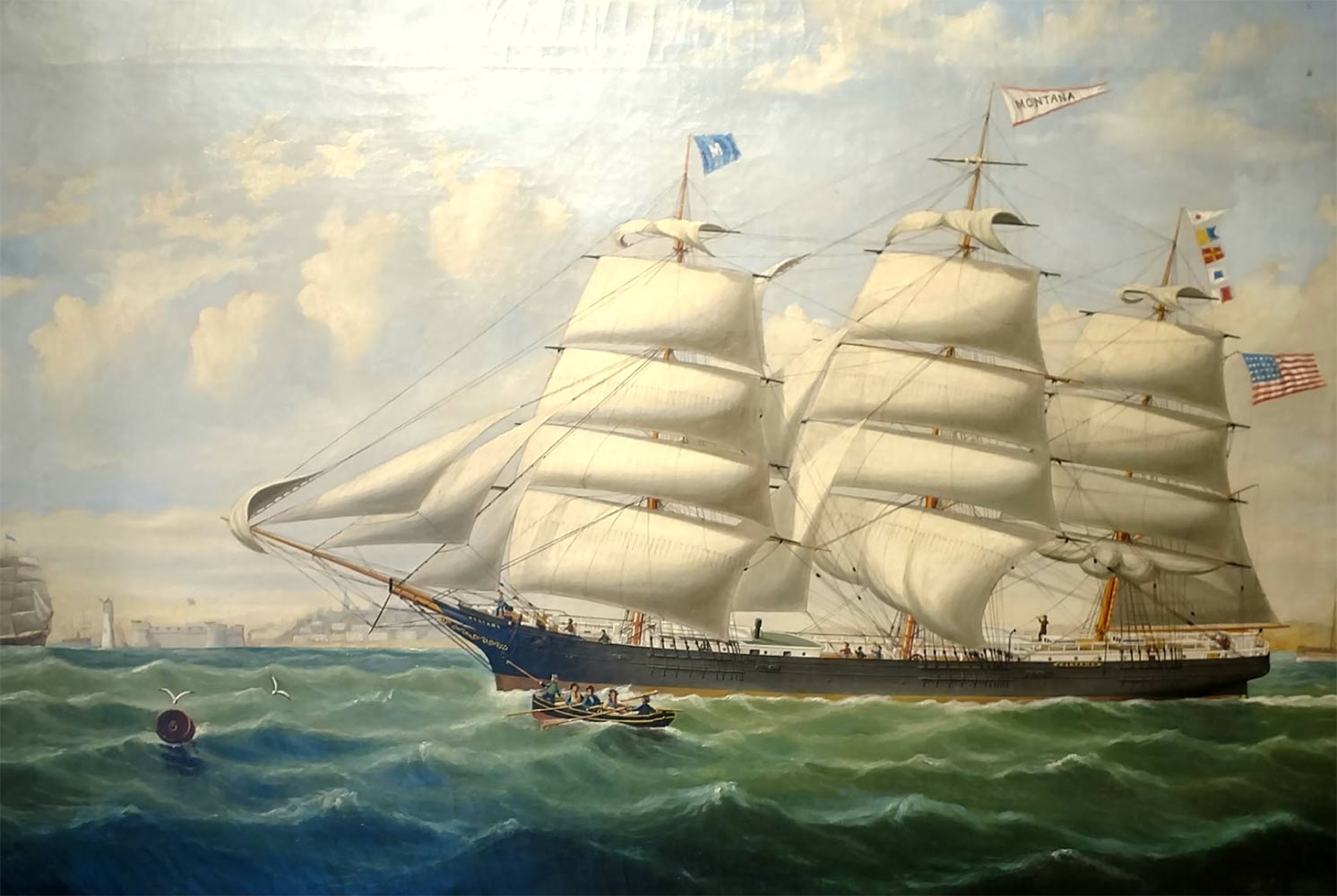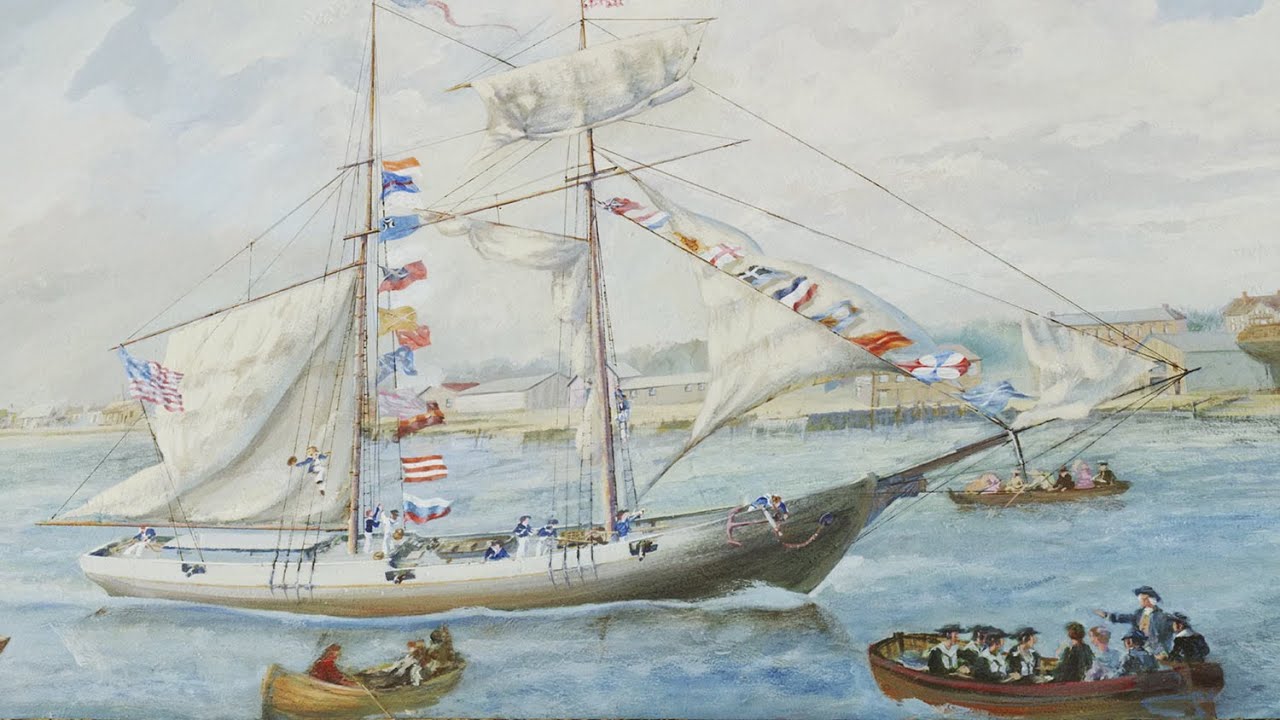Once Massachusetts fully abolished slavery in 1783, black sailors would have been a mainstay in a maritime port city like Newburyport; the 1820 census, for example shows almost 100 black residents, compared to 10 in Newbury, 15 in Salisbury and 2 in West Newbury. About half of the black male population worked as mariners during the mid-19th century.

Launched shortly after the end of the Civil War, the Montana’s maiden voyage was to the ports of Mobile and New Orleans, to load cotton. What made this voyage extraordinary was the ship’s all-black crew. Prior to and during the war, free black sailors were jailed while they arrived in Southern ports and had to be bonded out by their captain when the ship was ready to leave. The captain would then also have the extra expense of hiring local stevedores to load and unload the ship while his crew was jailed. With the war ended, Montana’s crew was now free to work Southern ports.
Montana was built in Newburyport in 1865, by John Currier. She was 1,269 tons, owned by local merchants John and William Cushing, and commanded by Marine Society Captain John N. Pritchard.
Artist – William G. Yorke (1817-1893)
c. 1865
John Francis was typical. Born in Newport, RI in 1776, he was married in Newburyport in 1797, and is first found on the crew list of the brig Elizabeth in 1817, bound for the West Indies. He then made four voyages in the schooner Eagle, also to the West Indies, and to Marseilles, France in 1819. He made four trips in the ships Potomac and Merrimack to Batavia (today’s Jakarta, Indonesia). The last entry for him, in an 1831 crew list, identifies him as the ship’s Steward.
Plan Your Visit
Plan Your Visit
- Museum Hours
Sunday: 12 pm - 5 pm
Closed Monday
- Tickets
Free for NBPT residents, kids under 12, and museum members
Cost of admission includes access to the Discovery Center.
- Parking
City parking is available adjacent to the museum. View parking lot directions.

250th Anniversary - American Revolutionary War Newburyport
